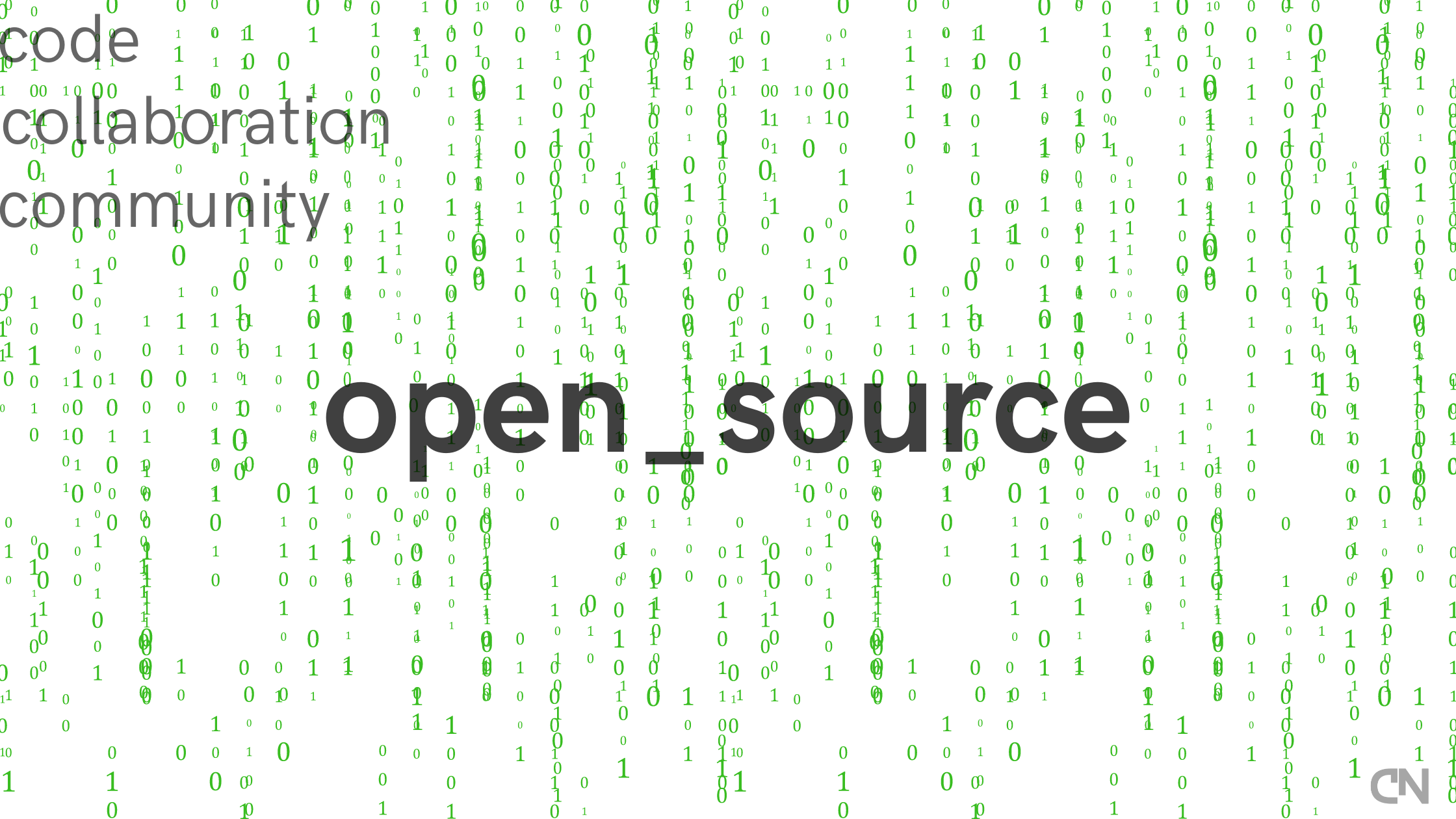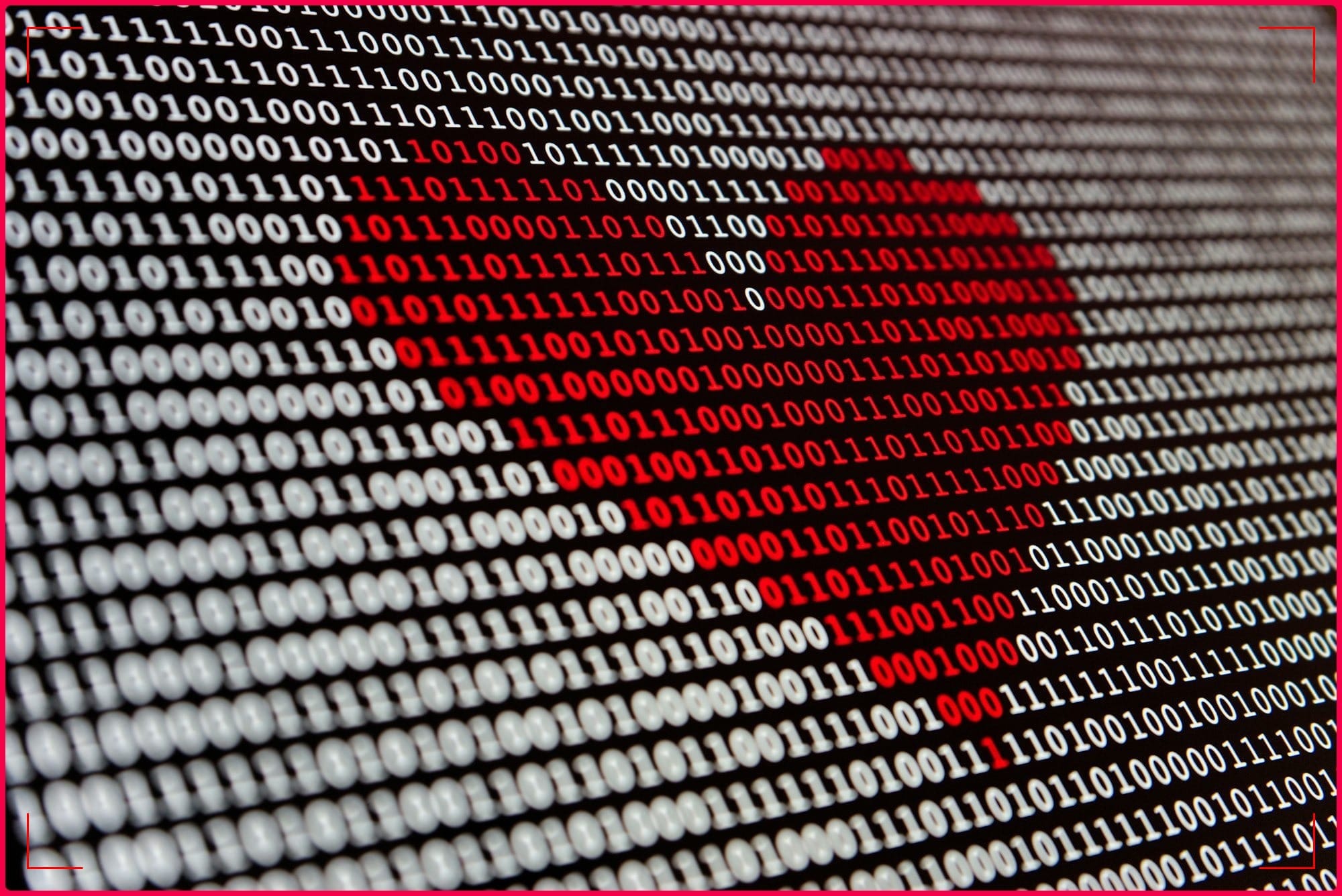On this page
Estimated reading time is 2 minutes and 40 seconds 🕒
The History:
Open Source's story begins with visionaries dreaming of software freedom. The GNU Project, started by Richard Stallman in the 1980s, aimed to create a completely free operating system. The Linux kernel, introduced by Linus Torvalds in 1991, became the beating heart of this vision, powering systems worldwide. Together, GNU and Linux laid the foundation for the open-source revolution, illustrating the power of collaboration and shared innovation.
The Benefits:
Open Source revolutionizes tech by bringing unparalleled transparency, fostering innovation, and encouraging a global community of developers to contribute and improve software. It democratizes technology access, allowing individuals and organizations to benefit from cutting-edge tools without prohibitive costs. Moreover, open-source software undergoes rigorous scrutiny from a diverse and skilled community, enhancing security and reliability.
Spotlight on Notable Projects:
- Linux: Imagine a world where software is built not by one but by thousands of developers from around the globe. That's Linux, an operating system kernel that powers everything from your Android phone to supercomputers.
- TensorFlow: Google's TensorFlow makes machines learn like humans — recognizing speech, translating languages, and even driving cars. It's like teaching your computer to think.
- React: Created by Facebook, React lets developers build vibrant web pages with less code. It's like giving them superpowers to create dynamic user experiences effortlessly.
- Apache Hadoop: Hadoop is the library card to the world's data library, making sense of big data across computers worldwide. It's transforming how we understand and use data.
- MySQL: This database management system is like a librarian for data, helping websites and applications store and retrieve information efficiently.
- Git: Imagine if every change you made to a document was saved automatically and you could collaborate with others effortlessly. That's Git for coding, revolutionizing software development.
- OpenTofu: In response to Terraform's licensing changes, OpenTofu emerged as a beacon for infrastructure as code, fostering a new chapter in open-source collaboration. It represents the community's resilience and commitment to freedom in software development.
Visionaries of the Free Code:
In the open-source world, key figures and companies drive innovation. Elon Musk's initiative to open Tesla's patents has sparked a culture of open innovation. Netflix enhances cloud computing by sharing its tools, while Canonical's Ubuntu makes Linux widely accessible. Mozilla, with Firefox, promotes internet freedom. Additionally, Guido van Rossum's creation of Python, one of the most popular programming languages, has made coding more versatile and accessible. These champions of open source illustrate a unified push towards innovation and making technology universally accessible.
A Personal Note:
My journey with open source has been both enriching and enlightening. From utilizing tools like Git, TensorFlow, and OpenTofu, to exploring innovative projects that push the boundaries of technology, open source has been integral to my growth as a tech enthusiast and professional. It’s a universe I've cherished exploring and hope to contribute to significantly.
In Conclusion:
Open Source is not just about free software; it's a testament to human ingenuity and collaboration. It challenges us to think beyond our capabilities and work together for the common good. As we look to the future, the principles of open source stand as a beacon of hope for technological advancement, community building, and shared success.
Fun Fact:
You may be wondering why the estimated reading time of this post is 2min and 40 seconds? Well, here is the explanation in code 😄
# Calculate the estimated reading time based on 667 words and convert to minutes and seconds with rounding
words = 667
average_reading_speed_per_minute = 250 # Average words read per minute
# Calculate reading time in minutes
estimated_reading_time_minutes = words / average_reading_speed_per_minute
# Convert fractional part of minutes into seconds and round to nearest whole number
minutes = int(estimated_reading_time_minutes)
seconds = round((estimated_reading_time_minutes - minutes) * 60)
print(f"{minutes} min and {seconds} seconds")
# Output is: 2 min and 40 seconds
Call to Action: Dive into the world of Open Source. Explore, learn, contribute. Your journey starts today.









